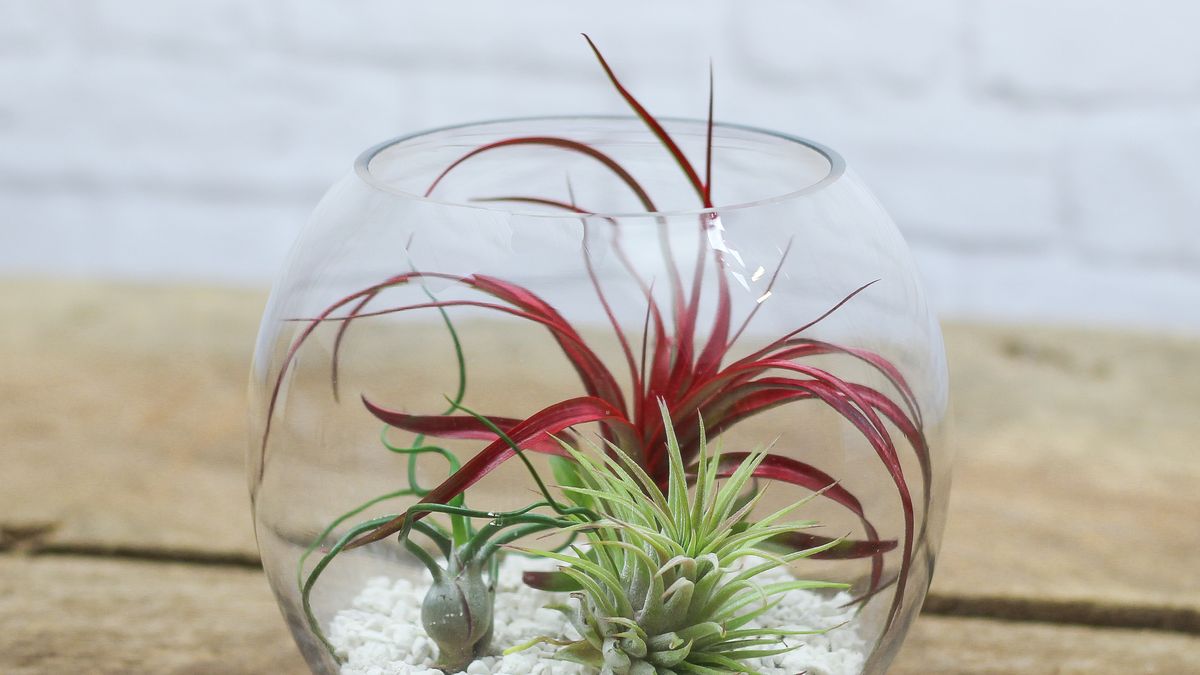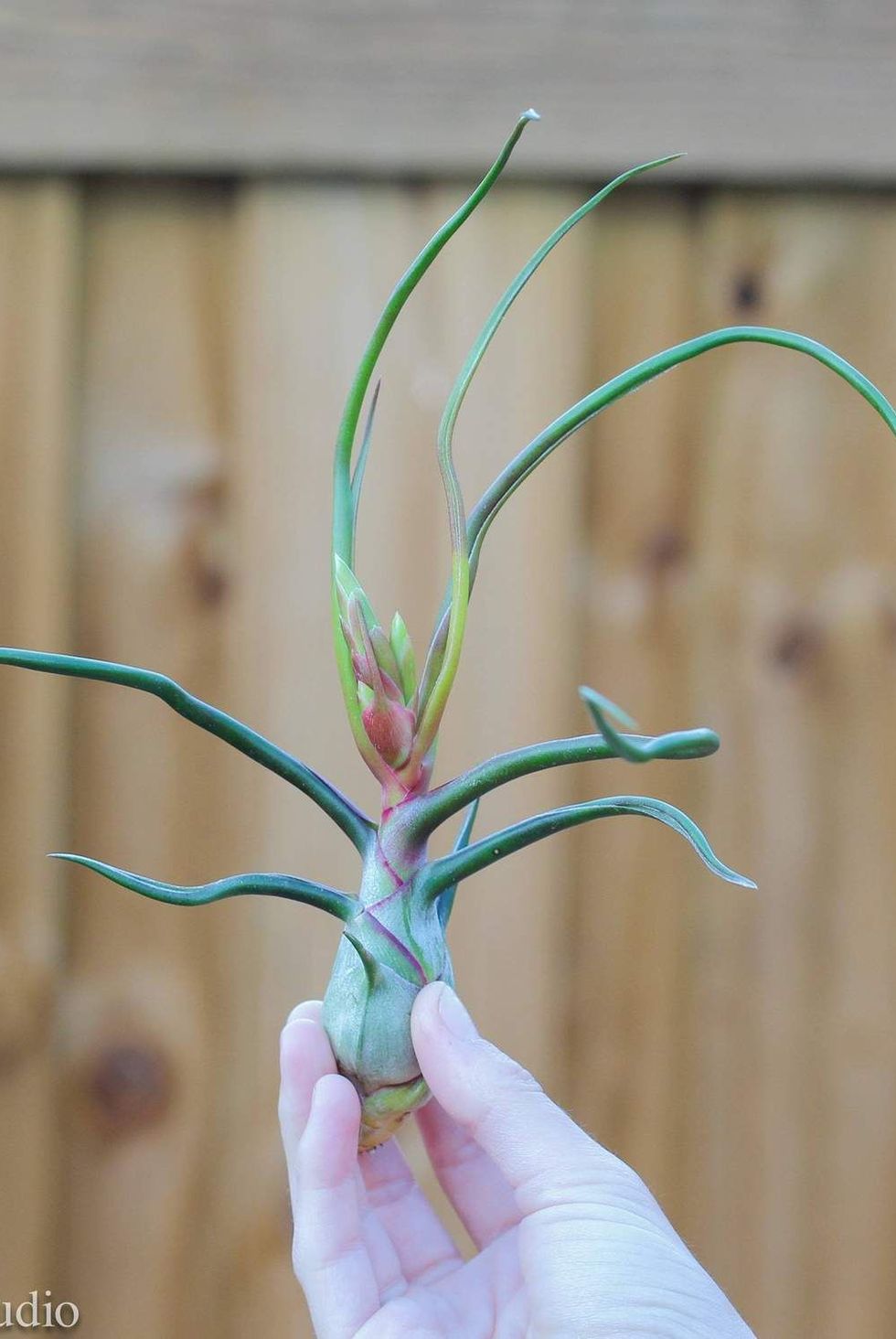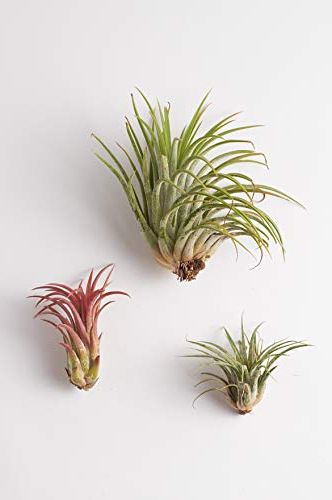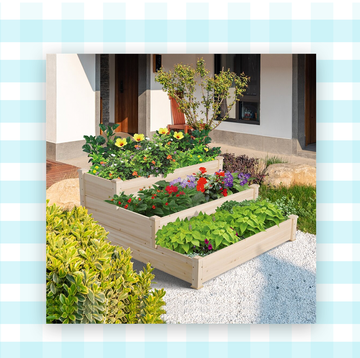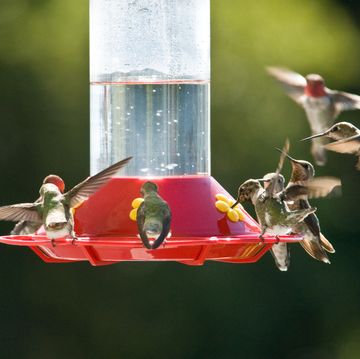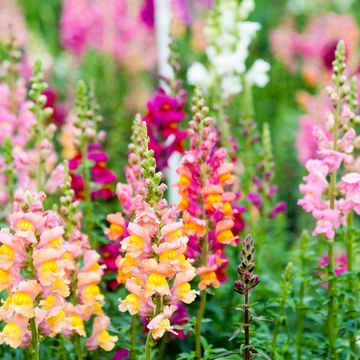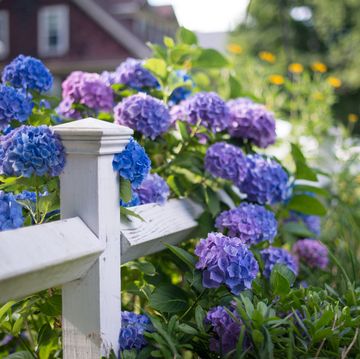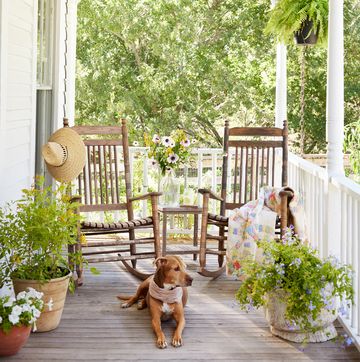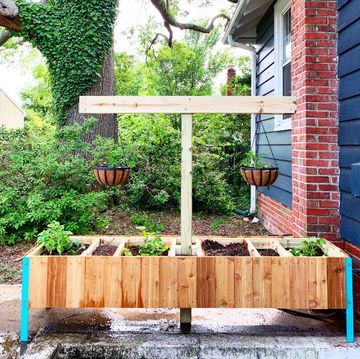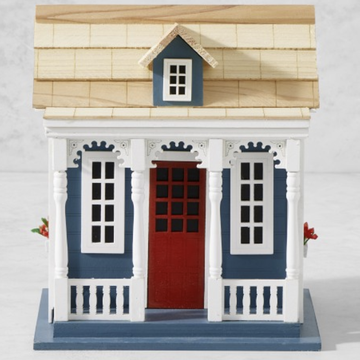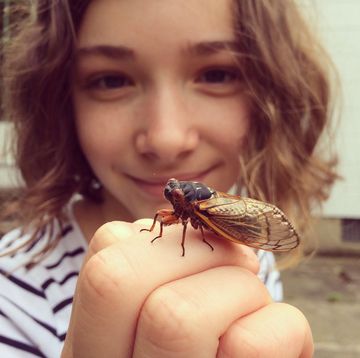You’ve filled your house with every kind of gorgeous house plant you can find from snake plants to rubber plants to spider plants and even a money tree. But you might be missing the most amazing house plant of all: Air plants, also known by their botanical name Tillandsia. “Air plants are a type of bromeliad and an epiphyte, which means they attach themselves to a host plant for anchoring, but not for nutrients,” says Ryan Lesseig, co-owner of Air Plant Design Studio. “They absorb what they need through trichomes, which are like little hairs on their leaves, but they’re actually tiny cups.”
Native to Central and South America, the West Indies, and the Southern U.S., there are more than 600 varieties. In fact, Spanish moss, which drapes itself from live oaks, actually is a type of Tillandsia. Air plants have become increasingly popular in recent years because they’re generally low-maintenance plants. Plus, they’re not super-pricey and are fun to display in creative ways.
Here’s how to care for these amazing plants.
Air plants need lots of light.
The kind of tillandsia you have will determine exactly what kind of light they require, says Lesseig. There are two main categories: “Mesic” air plants typically have dark green leaves that may be curled or cupped; they thrive in humid habitats, such under the canopy of a forest. They like bright indirect light and will burn in direct sunlight.
“Xeric” air plants, which usually have silver, flat leaves with lots of fuzzy-looking trichomes, grow in desert climates. They like bright light, even direct sunlight. Both types can thrive indoors year-round with the right conditions; in warm climates, such as Florida, many types also survive outdoors, too.
How do I water my air plant?
It depends on the type you have and how dry your environment is; generally, air plants need watered about once or twice a week. Soak mesic types for 20-30 minutes in a sink or bowl of water. Use filtered, spring or rain water, or tap water that has been allowed to sit for a few hours to allow the chlorine to dissipate, says Lesseig. Avoid using softened water.
After a soak, shake it out, and place the plant upside down to dry completely before replacing it in its display container (you don’t want it to stay wet or it may develop disease). Pay attention to how your plant looks after a bath; that’s how a hydrated, healthy tillandsia should appear, says Lesseig. This will help you cue into the next time it needs watered.
On the other hand, xeric air plants are used to the desert climate, so they’ll only need dunked a few times in water, shaken out, then let to dry. If you water either type too much, it will rot and fall apart. “One of the most common reason air plants die is overwatering,” says Lesseig.
Should I feed my air plant?
Air plants definitely benefit from fertilizer. “In the wild, many types grow in the nooks of limbs and under trees, so they get a lot of organic material that breaks down,” says Lesseig. Look for a fertilizer that’s formulated especially for orchids or bromeliads and contains non-urea-based nitrogen. Urea based nitrogen, found in standard house plant food, uses bacteria in the soil to convert the nitrogen to usable forms for plants. But because Tillandsia are not planted in soil, they’re not able to process this type of nitrogen. Follow the instructions, and feed about once a month during the spring and summer growing season. It’s not necessary to feed them in winter.
Air plants can be displayed in creative ways.
You can display your air plant in many kinds of vessels, including a hanging terrarium, ceramic vessels, or even mounted to a piece of decorative wood. No matter what you use, make sure there’s good air circulation around the plants to prevent fungal diseases, says Lesseig.
And if you’re looking for a fun new way to decorate tables, air plants are incredible for parties or weddings. Air plants also make great (long-lasting!) bouquets, boutonnieres, place settings, or favors. You’re only limited by your imagination!
Do air plants get flowers?
In a word, yes! But don't be impatient. Many plants, especially if grown from seed, take years and years to flower—and they only bloom once! After they bloom, they may produce offsets, called "pups" (how cute is that!) which you can gently twist and pull off to make new baby air plants when they're about 1/3 to 1/2 the size of the mother plant (which, sadly, eventually will die). Or you can leave the babies in place and they may form a clump in time.
Arricca Elin SanSone has written about health and lifestyle topics for Prevention, Country Living, Woman's Day, and more. She’s passionate about gardening, baking, reading, and spending time with the people and dogs she loves.
